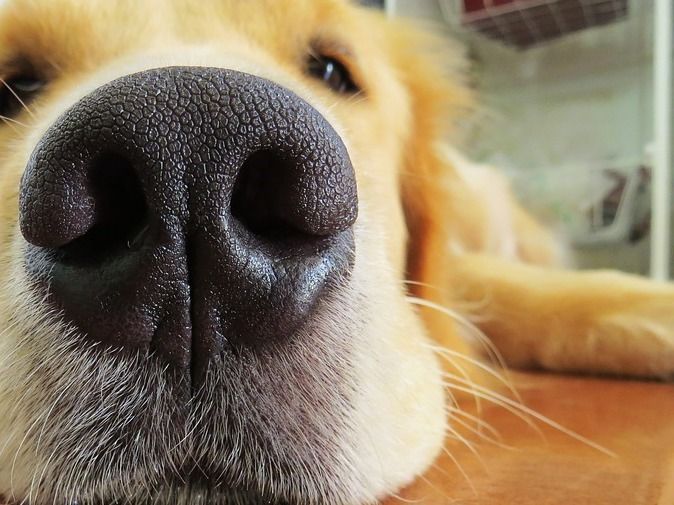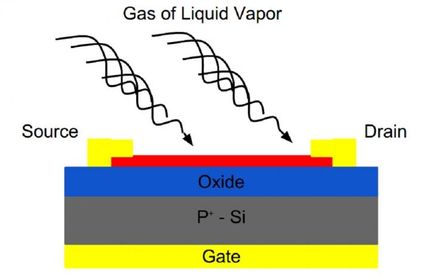Dog's nose inspires new gas sensor materials
It is well known that dogs have a better sense of smell than humans. For years, researchers have been trying to develop an artificial detector that is just as good as a canine's nose. Now, one group reports in ACS Nano that they were able to mimic a dog's sniffer with graphene-based nanoscrolls.

85Miranda; pixabay.com; CC0
The inside of a dog's nose is lined with millions of tiny capillaries, which creates a super-sensitive sense of smell. Since the capillaries cover such a large surface area, they can detect odors at extremely low concentrations. Drawing inspiration from the capillary structure in the dog nose, scientists have been trying to mimic it to create a sensitive gas detector. Previous studies have had some success in using graphene-based nanoscrolls (GNS), which are nanosheets of graphene rolled up in continuous and uniform manner. These nanoscrolls have a large surface area, are stable at high temperatures, and are strong and durable. But they are also difficult to manufacture, consume a lot of energy and difficult to scale up. And past studies have used raw graphene or modified graphene that either left behind some unrolled structures, or shriveled up and aggregated, respectively. So Yao Wang, Lei Jiang, Guofu Zhou and colleagues wanted to modify the graphene with a polymer to make high-quality nanoscrolls.
The group prepared graphene-based nanoscrolls with the addition of poly(sodium-p-stryrenesulfonate) using the freeze-drying method to create uniform, unaggregated structures. Upon examination, the nanoscrolls had a wide, tubular shape, and almost all of the graphene was rolled up. The researchers then incorporated the nanoscrolls into a gas sensor, which was highly selective and sensitive. Lastly, the team notes that this method has the potential for large-scale production.
Original publication
Most read news

Get the analytics and lab tech industry in your inbox
By submitting this form you agree that LUMITOS AG will send you the newsletter(s) selected above by email. Your data will not be passed on to third parties. Your data will be stored and processed in accordance with our data protection regulations. LUMITOS may contact you by email for the purpose of advertising or market and opinion surveys. You can revoke your consent at any time without giving reasons to LUMITOS AG, Ernst-Augustin-Str. 2, 12489 Berlin, Germany or by e-mail at revoke@lumitos.com with effect for the future. In addition, each email contains a link to unsubscribe from the corresponding newsletter.
























































